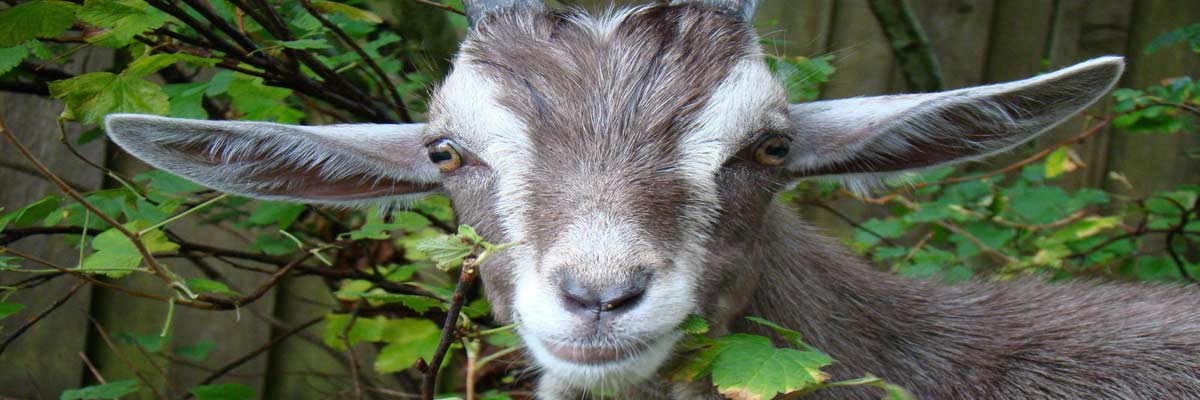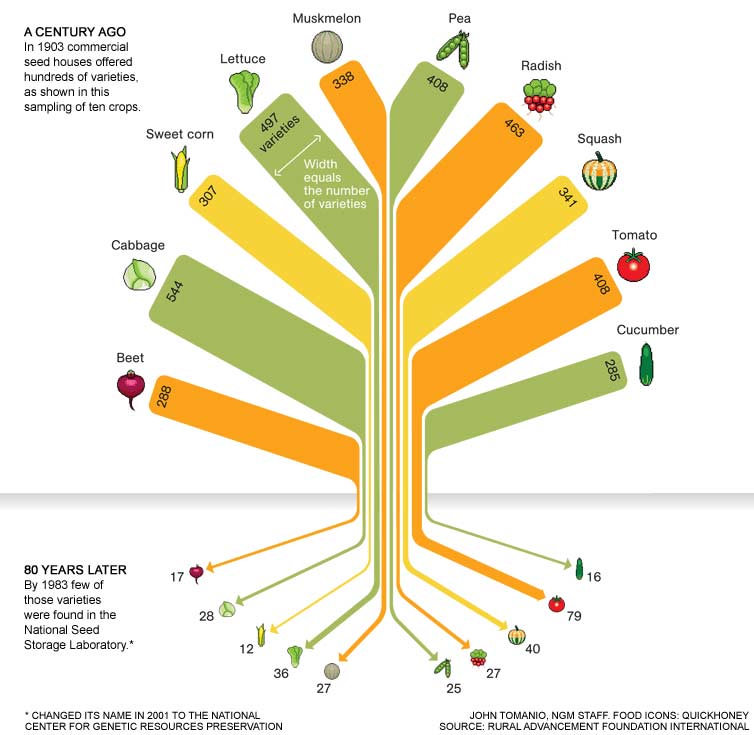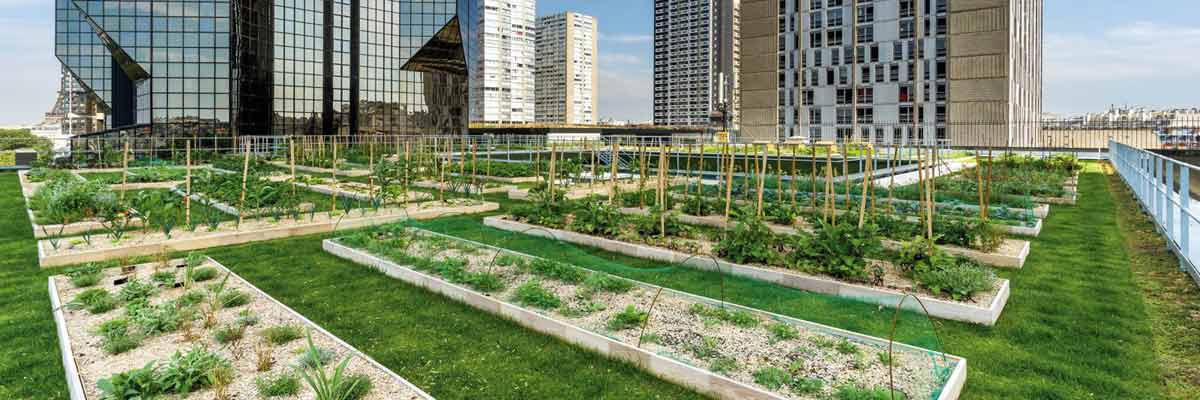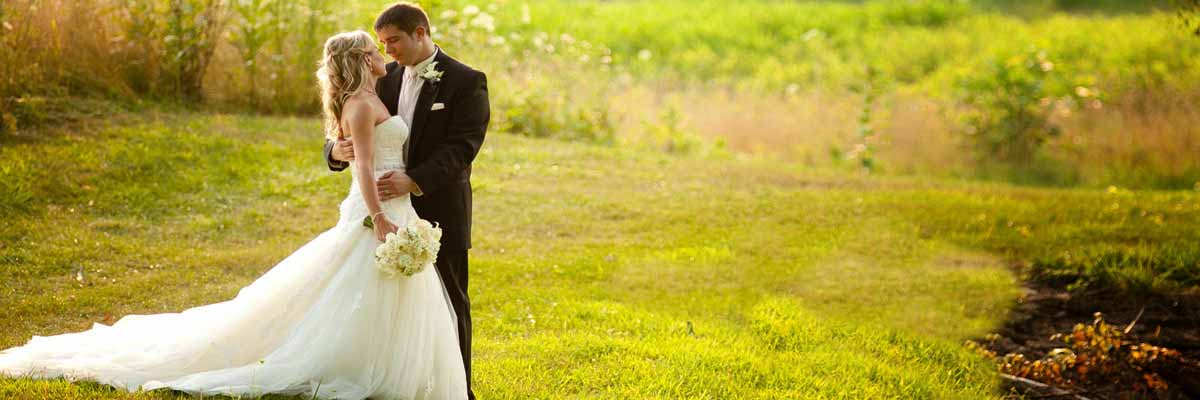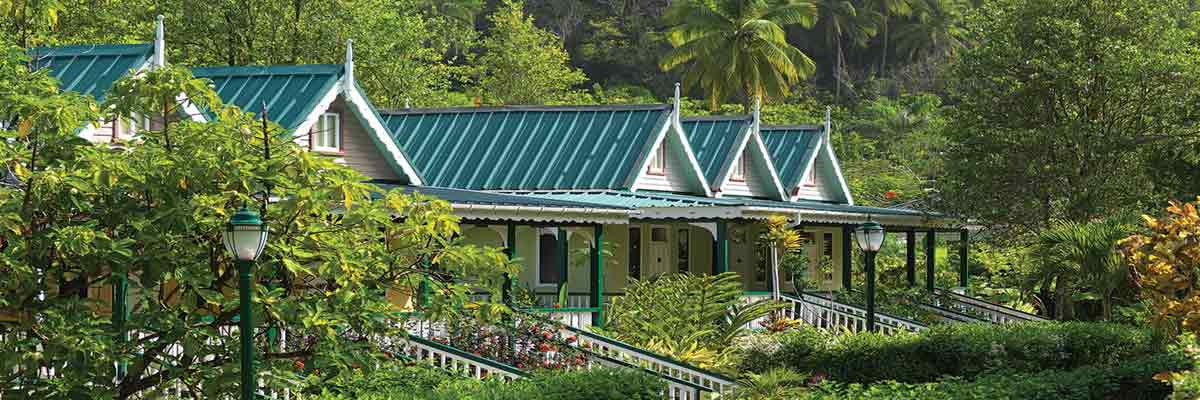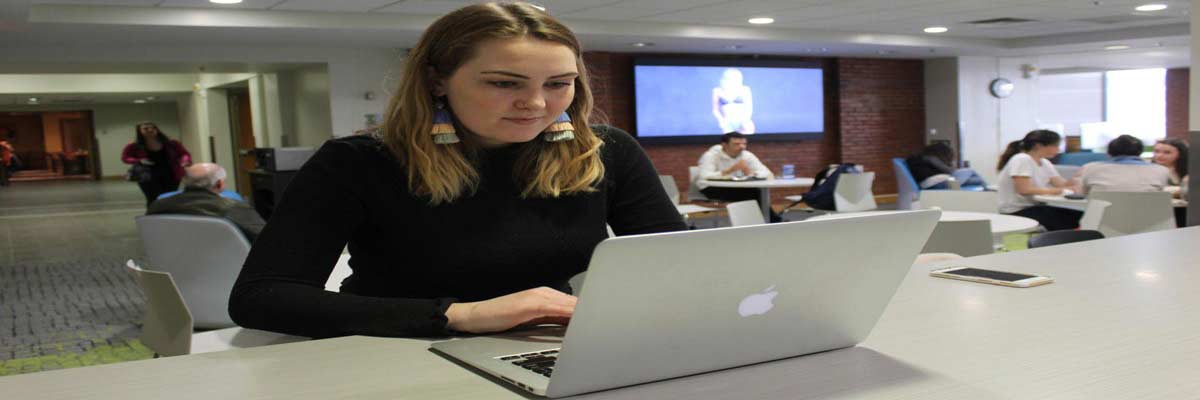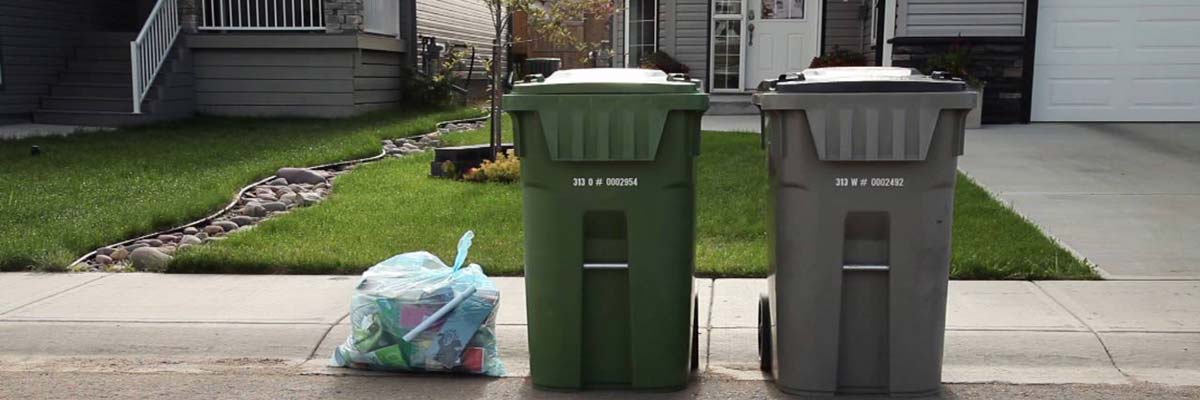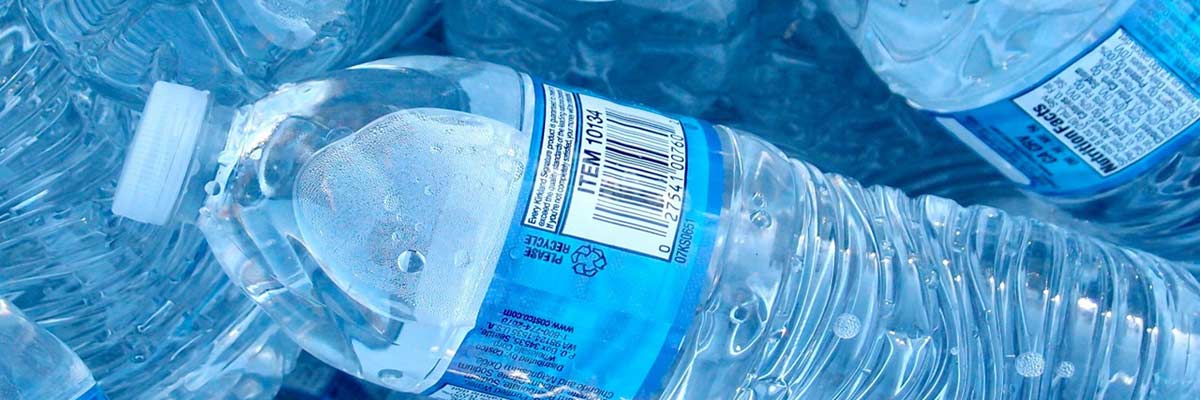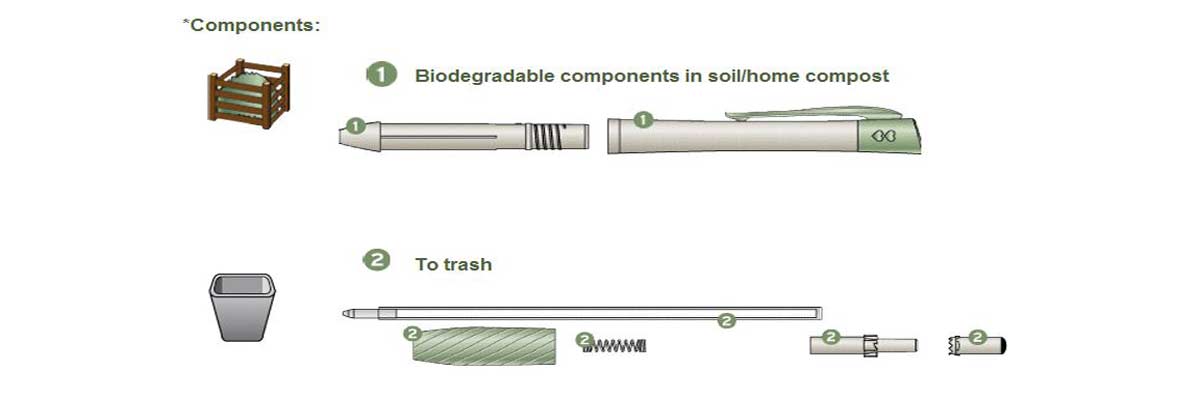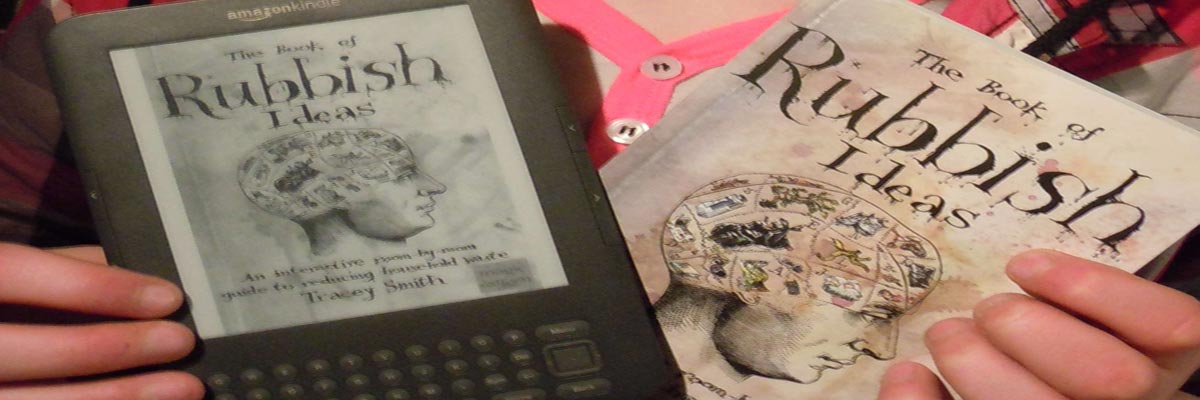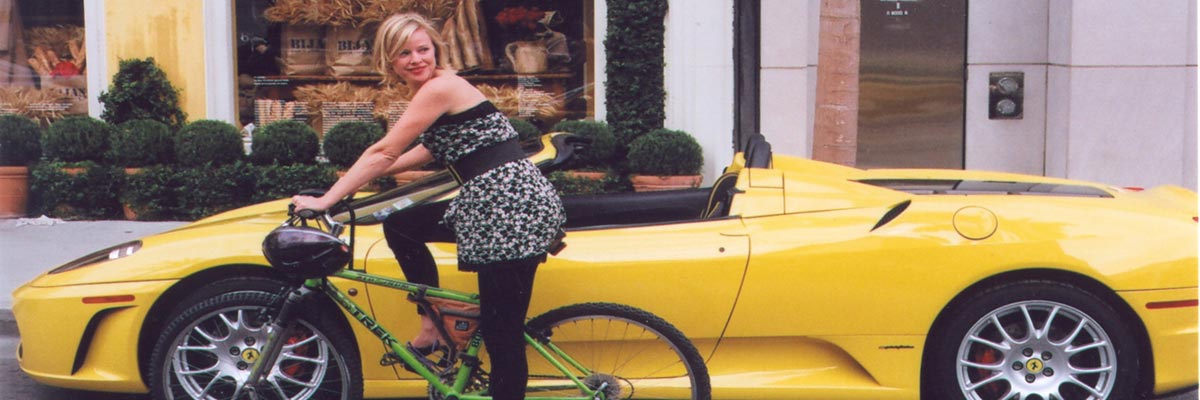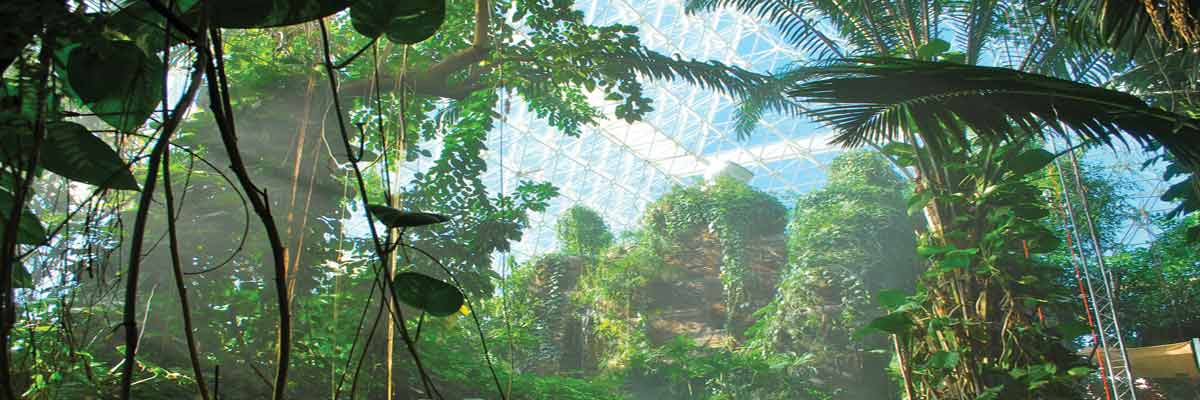Windowfarm Kit The Latest Wonder in Micro Gardening
Like something straight out of scifi, this hydroponic “Windowfarm” kit is the latest solution for urban dwellers looking to grow their own food in a limited space.
It comes to us from a crowd-sourced community of 22,000 windowfarmers around the world; utilizing an approach called R&D-I-Y, or Research & Develop It Yourself. Since 2009, this collective has been working towards perfecting a micro-hydroponic kit that can grow just about any vegetable if you’ve got direct sunlight.
Their latest version has a new design, environmentally-friendly cups and wires, and an awesome reduced price (down from an original $249) of $99. To manufacture the kits, they’ve taken the Kickstarter route and, with 13 days left, have already surpassed their goal of $50,000. If you’re not keen to start your own plants, you can pick up a pack of baby plants for $49, which include 8 varieties like “Genovese Basil, a peppery watercress, perfect-caesar romaine, red leaf lettuce, tangy red-veined sorrel.”
For those that are thinking, “I could make this!” – they’ve got you covered there as well with instructions online for a “Standard 3-bottle Airlift Windowfarm” or a “Hanging 2-Column” variety. Sounds like a pretty decent holiday gift for anyone you know that’s tight on space but keen to grown their own food.
Izaak Walton League Enlists the Help of Goats
Faced with invasion by alien plants, the Izaak Walton League calls upon the goat justice league (well, not the real goat justice league…) to help save them from being overrun at their 33 acre property in Gaithersburg, MD. This selective grazing technique will be employed to control the populations of Japanese honeysuckle, Garlic Mustard, Autumn Olive, and Oriental Bittersweet.
From their website:
Eliminating invasive plants – permanently – improves wildlife habitat as well as human habitat. But traditional methods of doing this over large areas involve repeated application of chemicals that could leach into our waterways. A new program is fighting nature with nature.
Eco-Goats brings a herd of goats to large properties infested with invasive species. The goats are contained within an electric fence to tackle invasive plants one acre at a time. Goats eat the invasive plants down to the ground, and goat handlers either dig up stumps or kill them with very targeted use of an herbicide.
We wish them luck, and are curious to see how this selective grazing turns out!
The goat army prepares for battle with aliens
Urban Farming, The New Way to Handle Unemployment?
Depending on which figures you choose to use, unemployment in America is approaching 20%, a figure that is quite remarkable. Fully 1/5 of the people in America who could be working are not currently working. I think urban farming could be this generation’s way to handle unemployment, sort of like a 2011 version of the CCC.
When you are willing to trade your labor for less space and less machinery you can create an amazing income from a small land base. SPIN farming is a method developed by a farming couple in Canada when they realized that they could make more money by growing intensively on less land if they grew the right crops at the right times.
They have a farm income calculator on their site that suggests that a farmer with 1/2 an acre can generate $24,000 in gross sales on the low end up to $72,000 on the high end. I think this is doable as well, but it does require a bit more marketing and growing of high value crops. We use a CSA model for our urban farm and I don’t think that will get us to those dollar figures because a CSA model is similar to a bulk food model vs. a model where you would grow exclusively high value crops like exotic green, radishes or beets for restaurants.
Making Your Wedding Photographs Sustainable
A wedding is a wonderful time that should be enjoyed by all. If you are into sustainability you’ll want to add some ideas for keeping your wedding eco-friendly. It’s not as hard as you may think. One thing common to all weddings is the photographer. Many commercial photographers don’t use digital cameras, so you might want to think about having a photo booth at the reception instead. Why?
A photo booth is digital, so there are no poisonous chemicals being used to develop the film and no paper wasted printing out photos that you might feel are not just what you want. Rather, you can download your photos straight from the internet and examine them carefully before choosing which ones to print out.
In fact, you can also choose not to print any, but to have them all placed onto a CD or DVD or other media – even a coffee mug – so you can enjoy them whenever you like or send them to friends and family who couldn’t be at the wedding, for gifts. Besides, printed photos are at risk of loss or degradation over the years, while a DVD will last for a long time with the images on it always looking just as fresh and new as the day they were taken.
Rosalie Bay Resort Features Dominica’s First Wind Turbine
Resorts around the world continue to impress me with their commitment to sustainable practices — but Rosalie Bay Resort on the island of Dominica in the Caribbean is truly a standout.
Five years in the making, the 22-acre getaway was built on principles of conservation and preservation, surrounded by an undisturbed natural setting of mountains, lush forests, and gardens. In addition to solar panels, the resort also features a Norwin Turbine 225 kW — which provides some 70% of the power used by the 28 beautiful rooms in nine cottages. With these renewables in place, Rosalie is effectively self-sustaining; an epic achievement that’s yet still rare in today’s world of “green resorts”.
“Nature should be preserved and shared,” said Dr. Ken Watson, general manager. “Rosalie Bay Resort was designed to be environmentally sustainable while showcasing one of the most beautiful natural settings in the Caribbean. Many resorts claim to be green, but we’ve made a legitimate commitment with the wind turbine being the centerpiece of our pledge.”
My review of the NREL Western Wind and Solar Integration Study
The NREL/GE Energy WWSIS study appears to be built on several questionable assumptions, each allowing the modeled system (of up to 30% wind/5% solar in the West Connect within the great Western Interconnect) to withstand the inherent difficulties of large scale renewable integration. The primary issue, consistent with my dissertation research, is that the authors assume that we can afford to massively overbuild the capacity of the system, adding the large percentages of renewable generation on top of newly built and existing plants. This allows one to be able to ignore the hourly or sub-hourly periods with extremely low output from renewables, as well as the days or weeks at a time during the summer when wind production is well below yearly average output levels. An ample reserve is at the ready to step in when renewables perform poorly. Secondly and equally important, the authors assume that coal plants, which have traditionally run in a base load capacity, will be able to be operated very flexibly – on par with combined cycle gas plants.
Green Poetry: “Streams of Consciousness”
The biggest environmental challenge we face is educating people
Our globe is a big community
We interact
We affect our surroundings
Without knowledge there is consequence
Specialization is prominent
But familiarity with all systems is essential
To know a tree dies but not why
Could be a plague
We care about trivial things at times
What is on TV?
No, where will my next sip of water come from?
Once we understand
We can adapt
Systems can be in balance
A quiet lake, a deep ocean, and a steep mountain
What can we learn about life?
Careful observation and ongoing education
One day, our world will be of one mind
——————–
Ed Note: Thanks Jessica for being the first from SUNY-ESF to submit a post. Interested in posting at Groovy Green? Use the “Contact” tab above.
Coming Next Week – College Bloggers
Students from SUNY-ESF will be taking over Groovy Green next week. Get the perspective of the future environmental leaders of America (and places beyond).
Come back and see us next week, starting Thursday 11/18/10 and see what they have to say.
Can a “One-legged” Man Stay Green?
I’ve had the humbling experience of undergoing ankle surgery about 2 months ago. As a father of a near-two year old, and a husband, it has been extremely difficult to shift from the role of a provider and equal member of the household to a person initially very dependent on others.
My family and friends have been very supportive, and where we still needed some help, we were able to find babysitters, someone to help clean, and someone to do the annual fall clean-up.
I’ve progressed over the last month from a doped-up, leg-elevated, impression in my couch to a semi-functioning member of my family and society. I’m back to work, and trying to catch up on my PhD studies. Still, its a big challenge to hop from place to place, and occasionally catch a ride in a wheelchair during longer outings. Let’s just say that I’ve had plenty of time to think.
Cleveland’s RFID-enabled Recycle Bins Report When You’re Not Using Them
Cleveland’s City Council recently passed a $2.5 million measure to bring RFID-equipped recycling bins to 25,000 homes over the course of the next year. Hey, nothing like encouraging a little green behavior. But this one carries a catch:
The chips will allow city workers to monitor how often residents roll carts to the curb for collection. If a chip show a recyclable cart hasn’t been brought to the curb in weeks, a trash supervisor will sort through the trash for recyclables.
Trash carts containing more than 10 percent recyclable material could lead to a $100 fine, according to Waste Collection Commissioner Ronnie Owens.
The Facts About Bottled Water
Bottled water is surely one of the biggest jokes ever played on humanity. With plentiful supplies of clean water, first world countries still spends a horrifying amount of money on boutique water — some sourced from half-way around the globe.
The image above is but a piece of a stunning infographic from Online Education detailing the damaging effects of bottled water on our planet — and wallets. Check out the full image after the jump below:

Paper Mate Pens – Now with Less Waste…
Paper Mate sent me a few of their new pens and mechanical pencils to try out in honor of Earth Day. Now while I don’t think that compostable pens are the solution to the world’s problems – I guess I have to give credit to companies for trying to reduce waste and come up with solutions to our overflowing landfills.
The pens work just as well as the normal Paper Mate varieties, I’m a blue ink kind of guy. They’re also very comfortable, but that comes at the expense of a non-compostable grip. The ink hasn’t run out yet, but when it does, I’ll throw it in the bottom of my composter and see what happens. It’s supposed to take a year to break down, but with the generous heat from my food waste-leaves-grass combo, maybe it’ll take less time.
Just don’t forget to break the pen down before composting. There are many non-compostable parts that still need to be removed.
Offshore Oil :: Drill Baby Drill :: The Obama Plan

What follows is something I posted in September of 2008. The US presidential campaign was building up steam and I was sick and tired of hearing ‘Drill Baby Drill.’ It made me ill because of the stupidity of the entire argument. I wrote,
Review: The Book of Rubbish Ideas
The Book of Rubbish Ideas is anything but rubbish. It is FULL of excellent tips to help eco-newbies and hard-core Greens see rubbish as a resource, cut down on waste, and save time, money and resources as a result.
Don’t be put off by the quirky cover; author, Tracey Smith, a contented downshifter, aims to take the freaky out of eco, and her book is accessible, practical and positive. There’s no holier-than-thou attitude to reusable nappies, washable sanpro and chicken-keeping; we are encouraged to ditch the guilt for what we are not doing and start feeling good about what we are doing.
Tracey takes you on a tour through the average family home, from bedroom and bathroom through to the kitchen and out into the garden, including the Usually Male Domain of shed and garage, which so often get missed out where decluttering’s concerned.
A Groovy Green Reader Gives Up Her Car
[ed note:] This post was sent to us by Tammy Roberts, from West Yorkshire, UK:
I’M GIVING UP MY CAR
I didn’t learn to drive until I was 30. Up until that point, I hadn’t seen the point of having a car or even having the ability to drive, as public transport was convenient enough. However, 2 months before my 30th birthday, I moved to Plymouth for a new job and for the first time, I discovered how difficult it was to do my outreach work without a driving license – my job covered the whole of Devon and Cornwall. Within 6 months, I passed my driving test and around 4 months later, I bought my first car – my beloved Fiat Tipo. Yes, it was cheap and a bit of a banger and had all the quirks and faults that are found on most Italian cars (it’s a standing joke on Top Gear), but I loved it nonetheless! And, my goodness, did I love the freedom that being a car owner gave me! I was off to the beach at weekends and I drove back home to Yorkshire once a month to visit family and friends. No more sharing my personal space on a 7 hour train journey, and trying to carry my own weight in luggage. It was fantastic! I even moved back to Yorkshire with my car full of my belongings, with a friend following behind, his car equally laden with my stuff. I could not believe that I hadn’t learned to drive sooner and found that I needed my car for work more and more as I moved from job to job When I had my son, 4 years ago, having a car was a bonus. I remember a childhood of long bus journeys to shopping destinations with my mum, gran and my sister and it was so nice to be able to jump in the car with William in his baby seat and set off on day trips or to visit friends.
World’s Largest Wind Turbine To Float Off Norway
We’ve seen mega-turbines before — but never one with an output of 10MW, and certainly not one that floats!
When completed, the world’s largest turbine will stand at roughly 533 feet with a rotor diameter of 475 feet. At three times more powerful than current turbines, it will be able to power over 2,000 homes. From Treehugger,
It will be built by the Norwegian company Sway and tested first on land in Oeygarden, southwestern Norway. Unlike most offshore wind projects where turbines rest on the seafloor, Sway turbines float. This means further offshore development where winds are stronger and more consistent.
The floating tower is a pole filled with ballast beneath the water creating low center of gravity. Anchored to the seabed with a single pipe and a suction anchor, it can tilt 5-8°, and turn around with the wind.
It’s expected that the prototype will cost close to $70 million and be completed sometime in 2011.
If Darth Vader Built A Treehouse, It Would Looks Something Like This
A lot of people are comparing this beautiful treehouse in Portland, Oregon to a hobbit dwelling. Personally, add a little black paint and it looks like something Darth Vader would retreat to when things get a little to hectic on the Death Star. It also looks like it would double as a swanky TIE fighter. From the architect,
Located on a flag lot, a steep sloping grade provided the opportunity to bring the main level of the house into the tree canopy to evoke the feeling of being in a tree house. A lover of music, the client wanted a house that not only became part of the natural landscape but also addressed the flow of music. This house evades the mechanics of the camera; it is difficult to capture the way the interior space flows seamlessly through to the exterior. One must actually stroll through the house to grasp its complexities and its connection to the exterior. One example is a natural wood ceiling, floating on curved laminated wood beams, passing through a generous glass wall which wraps around the main living room.
Biosphere 2, Meet the Second Law of Thermodynamics
My graduate school advisor, Charles Hall, is a very intelligent man, though he frequently defers to his doctoral advisor’s talent and knowledge. Howard Odum explained the first and second laws of thermodynamics concisely and in a manner easy to understand:
The quantity of energy within a system is maintained (first law). However, the quality of that energy degrades over time (second law).
Entropy is defined as
a function of thermodynamic variables, as temperature, pressure, or composition, that is a measure of the energy that is not available for work during a thermodynamic process. A closed system evolves toward a state of maximum entropy.

